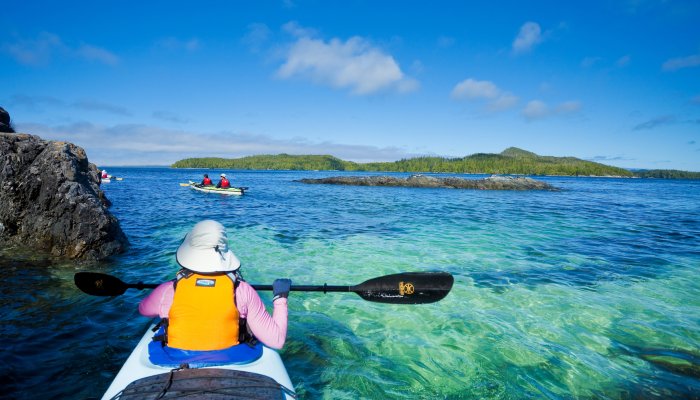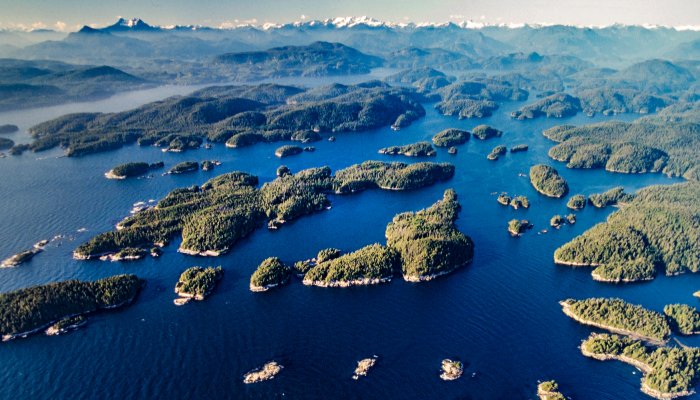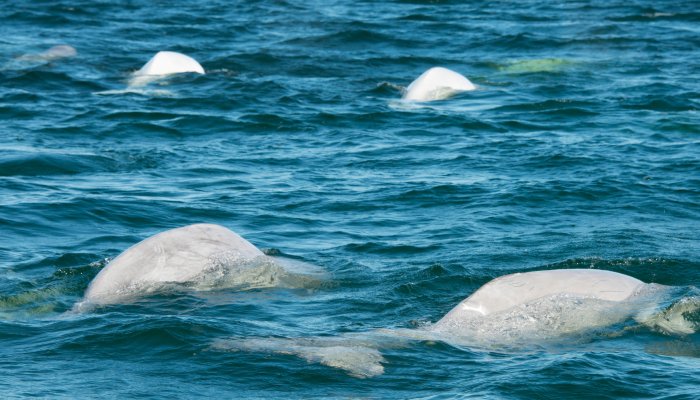12 Experiences Not to Miss in Quebec City
With its rich history, atmospheric quarters and majestic architecture, Québec City is one of Canada’s most popular destinations. Since it was founded as a fur trading colony in 1608, it has blossomed into an eclectic city, with world-class museums juxtaposed against centuries-old fortifications and one of the world’s most impressive railway hotels.
With many of our Québec Tours beginning and ending in Québec City, it’s worth adding a few more days to your trip to explore everything this fascinating city has to offer. Read on to discover 12 things to do in Québec City on your next visit.
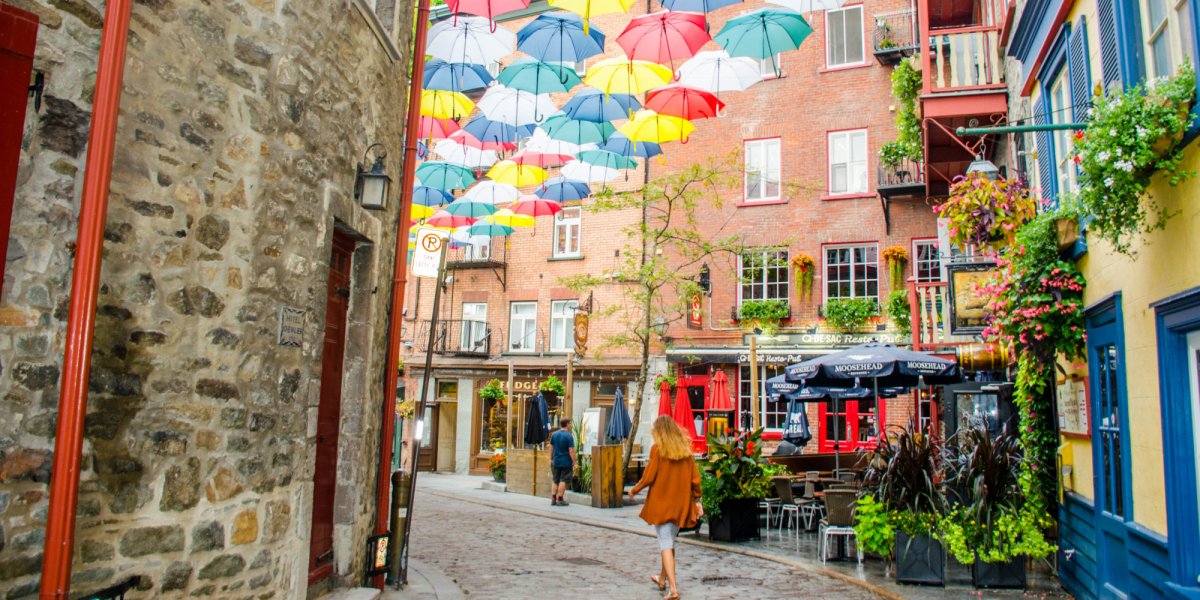
1. Explore the charming streets of Old Québec
At the heart of the city is Old Québec, a UNESCO World Heritage-listed quarter that centers around the cobblestoned Place Royal. It was here that Samuel de Champlain founded the City of Québec in 1608, with the stone-built Notre-Dame-des-Victoires Church now dominating the square. Browse the artisan boutiques that line the atmospheric Quartier Petit Champlain or stop in at one of Old Québec’s restaurants to feast on authentic local dishes. Rue du Petit-Champlain is connected to the Haute-Ville via a historic funicular that offers magnificent views across the St. Lawrence River.
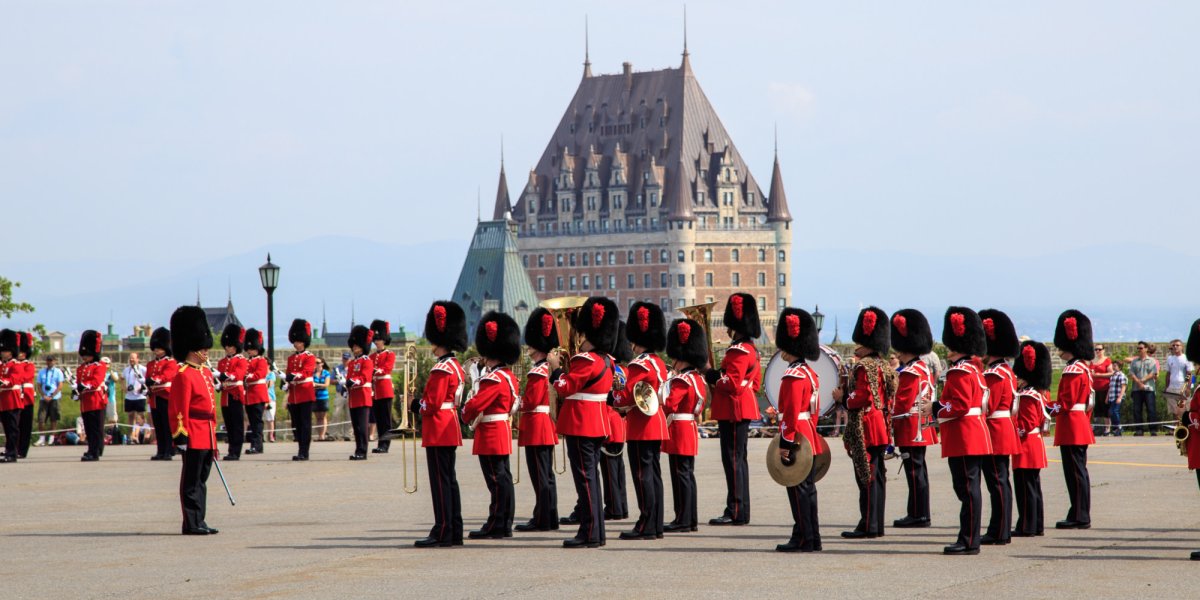
2. Visit the impressive Citadelle de Québec
Constructed between 1820 and 1850 to defend Québec against American attack is the city’s star-shaped citadel, which boasts a commanding position atop Cap Diamant. It is still an active military installation, serving as an official residence for the Canadian monarch and the governor general, with the latter occupying the Neo-Norman-style Officer’s Barracks. Wander along the thick walls and ramparts before exploring the antique weaponry and military artifacts on display at the Royal 22e Régiment Museum.
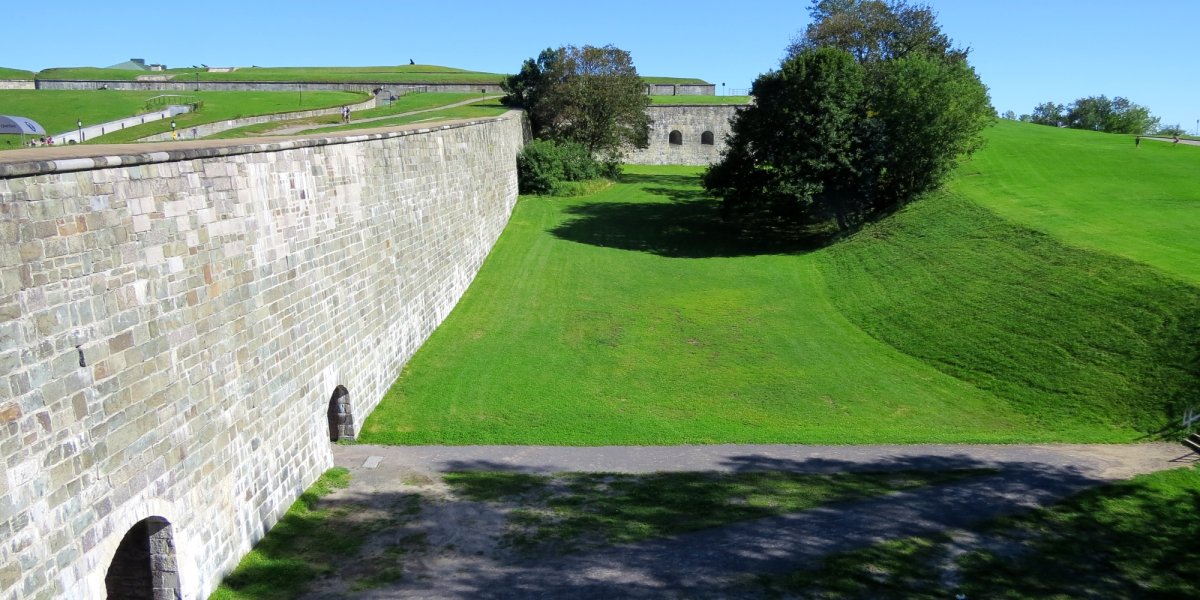
3. Learn about the Battle of Québec at the Plains of Abraham
Adjacent to the Citadelle de Québec is the Plains of Abraham, which was the site of a historic battle between the British and French in 1759. To learn more, visit the on-site museum where you’ll find multimedia exhibits detailing Québec’s tumultuous past. Armed with newfound knowledge, you can set out to explore Battlefields Park, which is home to two centuries-old towers and a garden dedicated to Joan of Arc.
4. Tour the Musée National des Beaux-Arts du Québec
Occupying a former prison (and three purpose-built buildings) within Battlefield Park is this historic museum, which first opened as the Musée de la Province de Québec in 1933. It showcases artworks from the 16th century to the modern day while highlighting artists who are native to or resided in Québec. Names such as Charles Huot, Helen McNicoll, and Maurice Cullen are represented in the collection, as are Claude Tousignant and Michel Goulet.
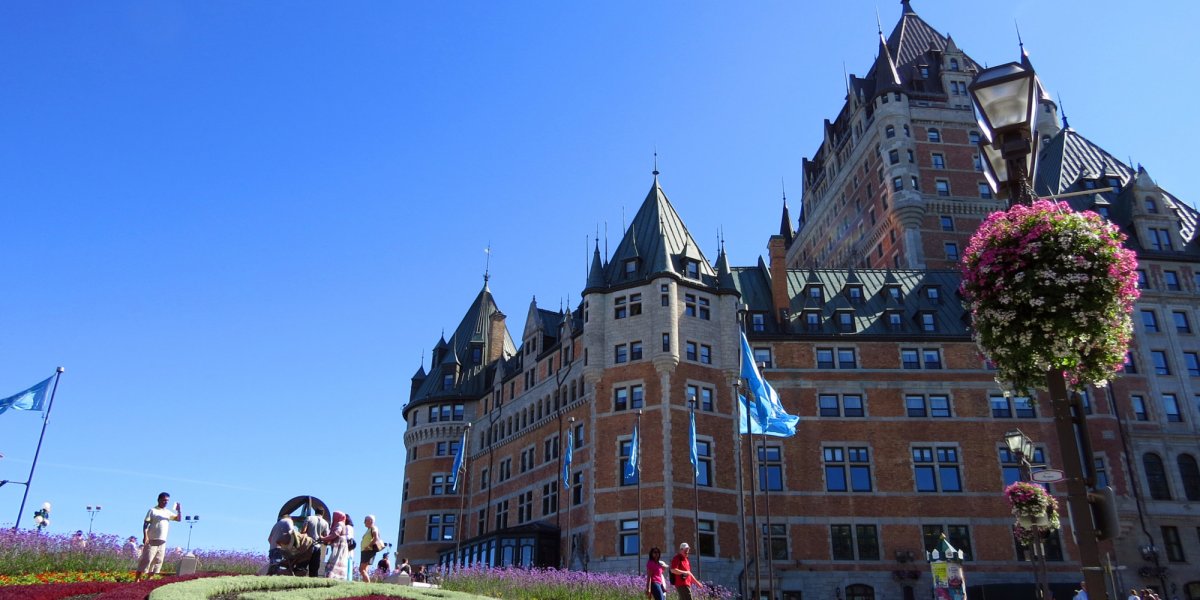
5. Photograph the Château Frontenac
Without a doubt, the Château Frontenac is one of Québec’s most magnificent architectural landmarks and was built by the Canadian Pacific Railway in 1894 as one of the world’s first grand railway hotels. Designed in a Châteauesque style by Bruce Price, it is now designated as a National Historic Site of Canada and is the place to stay if your budget allows. If not, you can still admire the Château Frontenac from the outside (it’s particularly impressive when illuminated at night) or join a guided tour to see its lavish interior. Hear about some of the global figures who have stayed here (Queen Elizabeth II and Charlie Chaplin among them) and learn about its role in preparing for the D-Day landings of World War II.
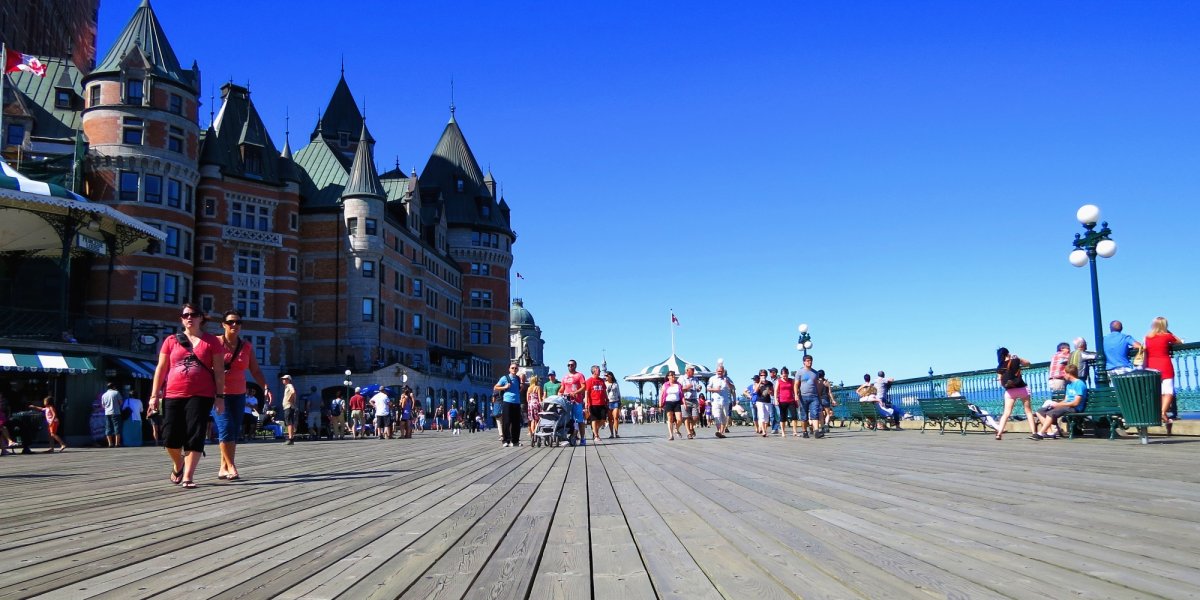
6. Soak up the views from the Dufferin Terrace
Directly in front of the Château Frontenac is this long wooden sidewalk, which is a must-visit destination thanks to its majestic views of the St. Lawrence River. Inaugurated in 1838, it has long been a tourism drawcard, with street artists and musicians performing here in the summer months and a giant tobogganing run set up in the wintertime. If your visit coincides with the New Year’s Eve celebrations, this is also one of the best spots in the city to watch the fireworks.
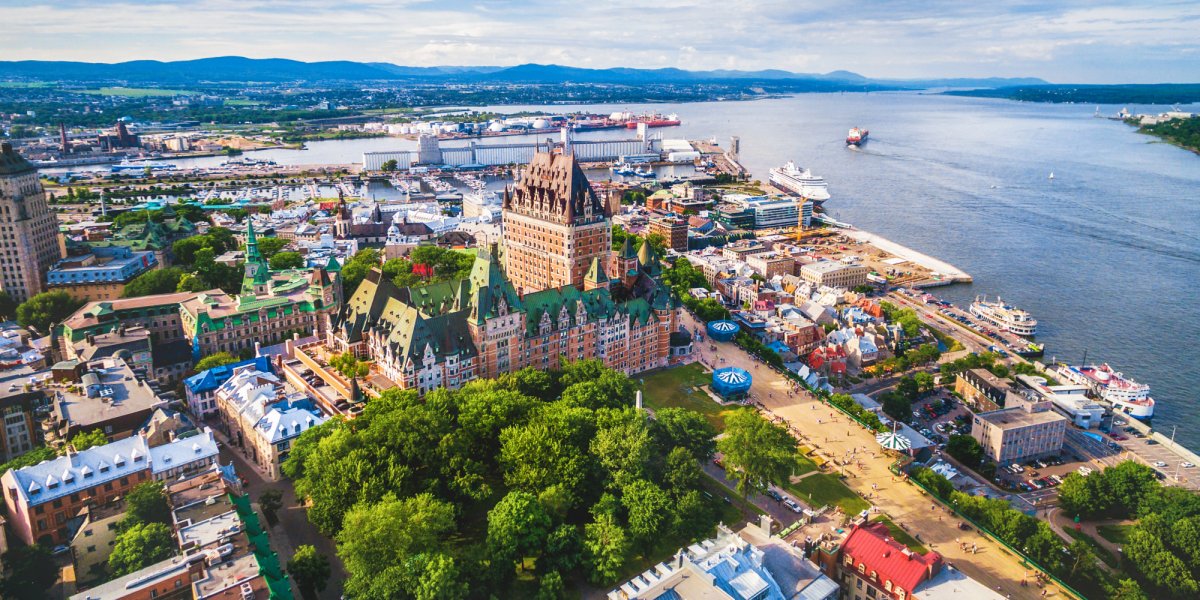
7. Wander the Old Port’s Rue Saint-Paul
In 1861, this bustling thoroughfare was laid out to link the historic center of Québec with the newly developed suburb of Saint-Roch. It was lined with warehouses to serve the Old Port, many of which have now been transformed into trendy restaurants, art galleries, and vintage stores. With its 19th-century charm, Rue Saint-Paul is a great place to watch the world go by over a leisurely lunch. Not to miss is the Marche du Vieux-Port de Québec where you’ll find fresh produce and gourmet treats.
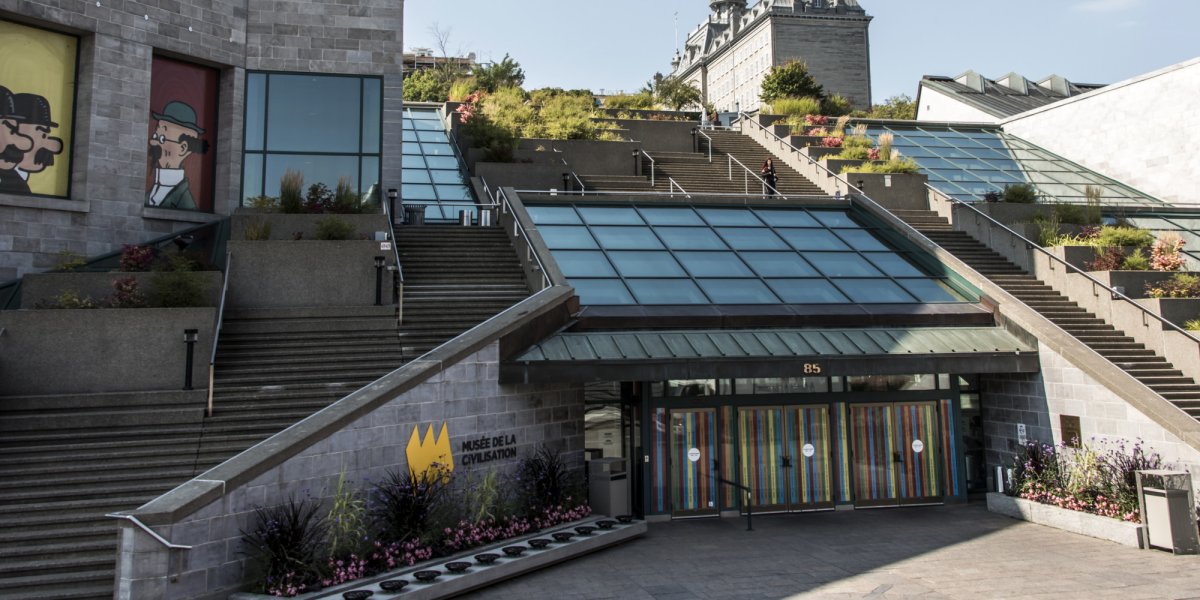
8. Delve into the past at the Musée de la Civilisation
Occupying a building designed by Moshe Safdie is this excellent museum, which details the history of French colonization in North America. Its engaging exhibits explore the people of Quebec throughout the centuries, including the area’s First Nations groups, and how Canada’s territories came to be. It’s undoubtedly the most popular museum in Québec City, with something that will appeal to all ages, and it hosts family workshops on a range of fascinating topics.
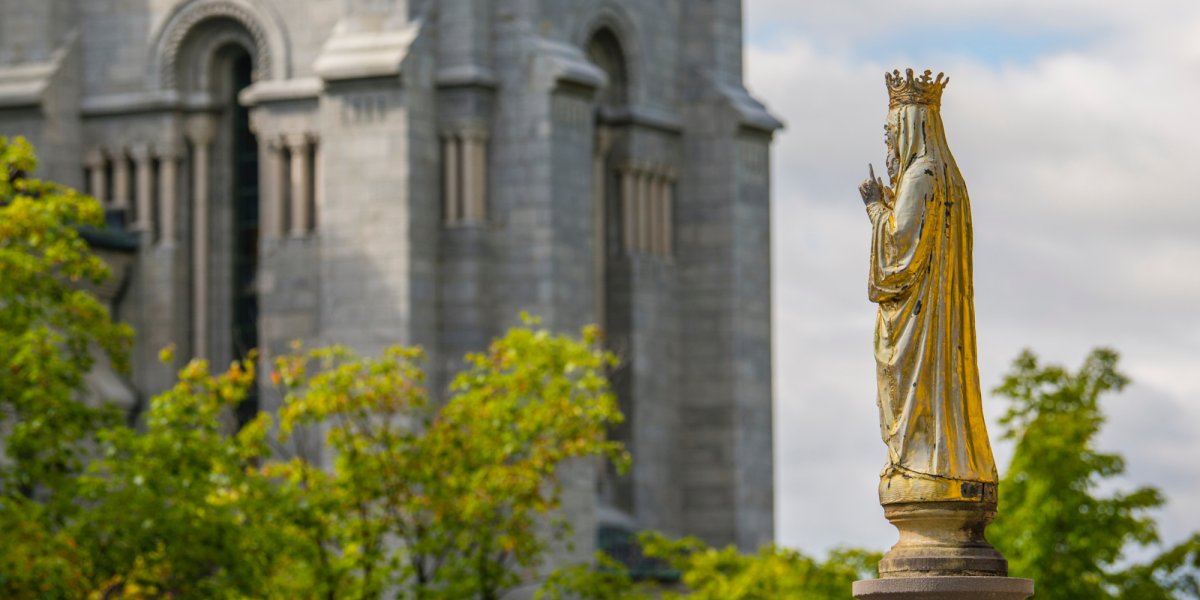
9. Make a pilgrimage to Sainte-Anne-de-Beaupré Shrine
A short drive northeast of Québec City along the banks of the Saint Lawrence River will take you to this magnificent basilica, which was completed in 1946 and named after Quebec’s patron saint. Designed in a combination of Norman-Gothic and Romanesque Revival styles, it is an important Catholic pilgrimage site and has been credited with curing the sick and disabled. Gaze up at the soaring twin spires that dominate the exterior of the Sainte-Anne-de-Beaupré Shrine, then step inside to see the beautifully decorated interior. It is particularly renowned for its 14 Stations of the Cross sculpted by the Québec-based artist Joseph-Émile Brunet
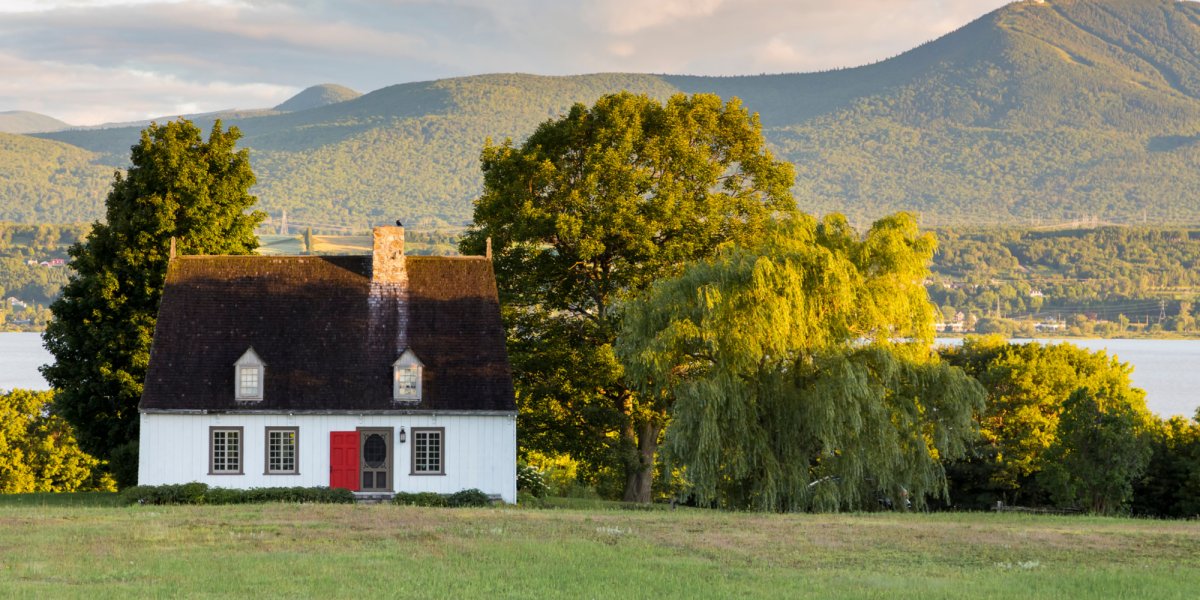
10. Escape to Île d’Orléans
For a taste of traditional Quebec, head to the Île d’Orléans, which lies in the middle of the Saint Lawrence River to the east of the city. It was one of the first parts of Québec to be colonized by the French (and many locals can trace their roots here) and is dotted with ancestral homes dating back to the 17th century. A circular road rings the island, linking its quaint villages, artists’ workshops, and roadside stalls selling fresh produce. Sample the wines at Vignoble Ste-Pétronille, feast on sweet treats at the Chocolaterie de l’Île d’Orléans and learn about wooden boatbuilding on the island at Parc Maritime de Saint-Laurent.
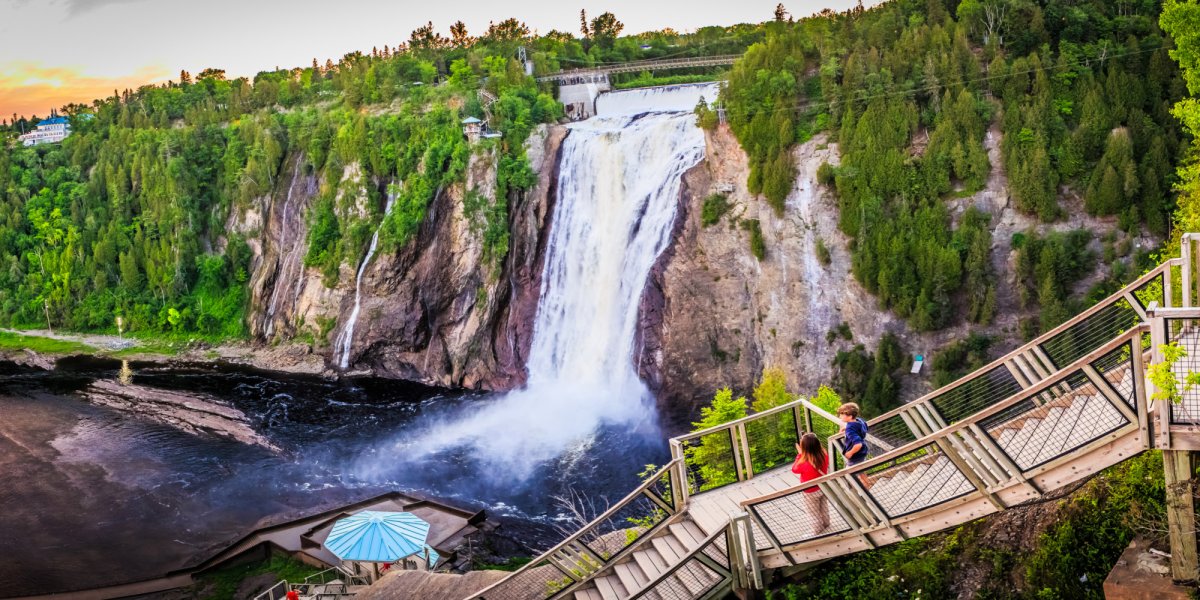
11. Marvel at the Montmorency Falls
Cascading down the Montmorency River near its confluence with the Saint Lawrence River is this 272-foot (83-meter) high waterfall, which is undeniably impressive. It offers easy access for visitors, with staircases connecting to its viewpoints and a suspension bridge spanning the crest of the falls. Not only that, but there is a funitel that ascends from the base of the falls to the top to save you the effort of walking.
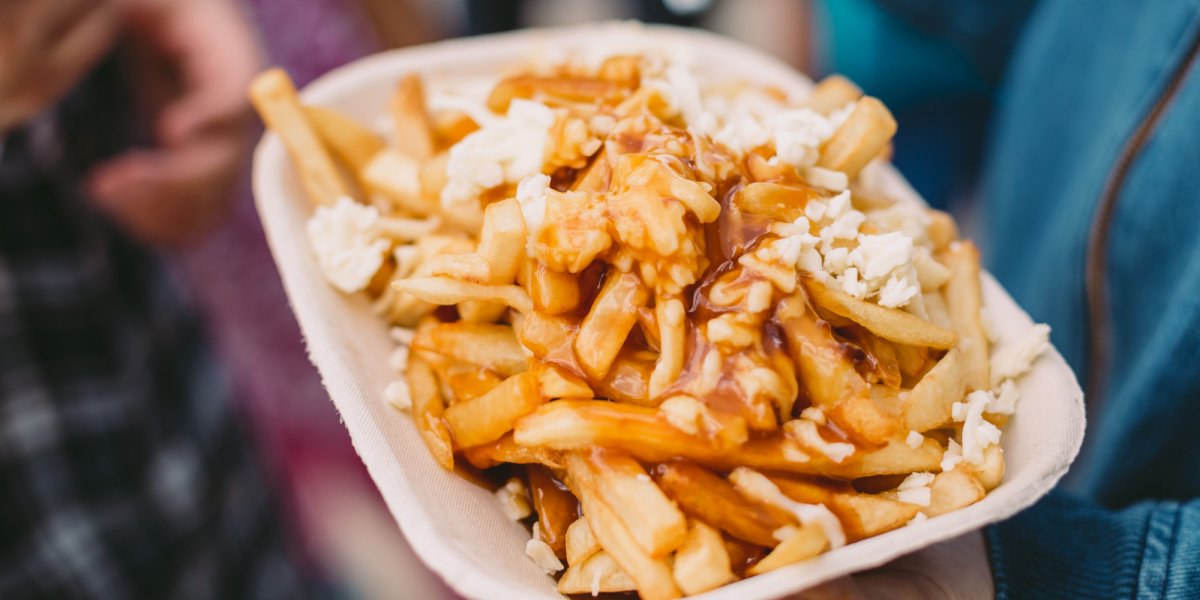
12. Feast on authentic Québecois dishes
No visit to Québec City is complete without discovering the local cuisine, with favorites including poutine (French fries, cheese curds, and gravy) and tourtieres (meat pies). If you have a sweet tooth, keep an eye out for the holiday favorite bûche de Noël or tarte au sucre (sugar pie), which can be found at local bakeries. For a more comprehensive list of foods not to miss, check out our article on the 10 Must-Try Foods in Quebec.

